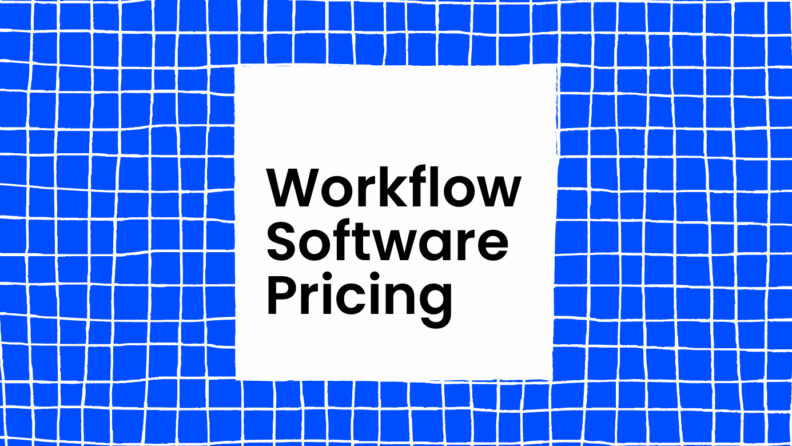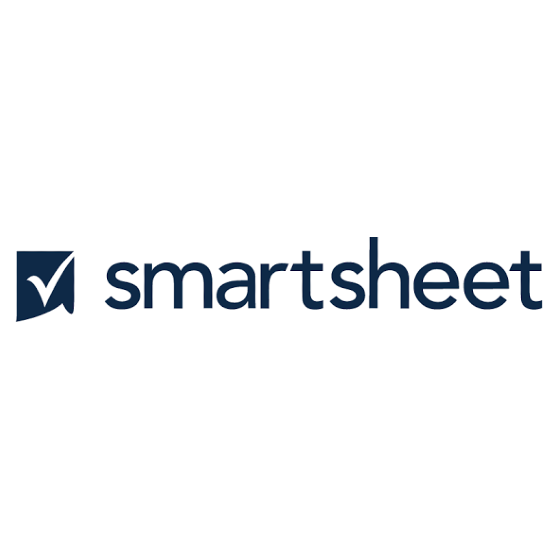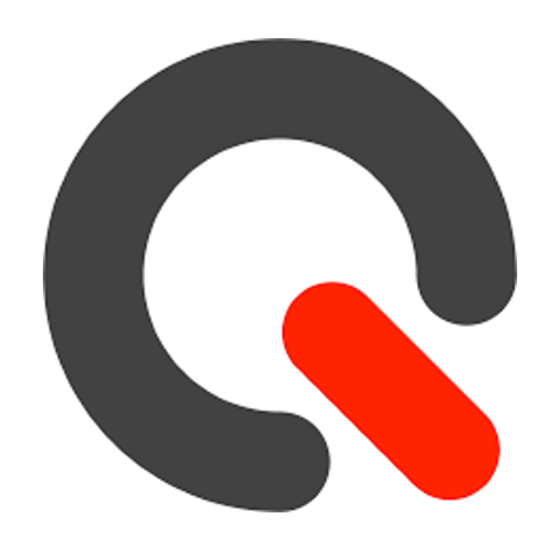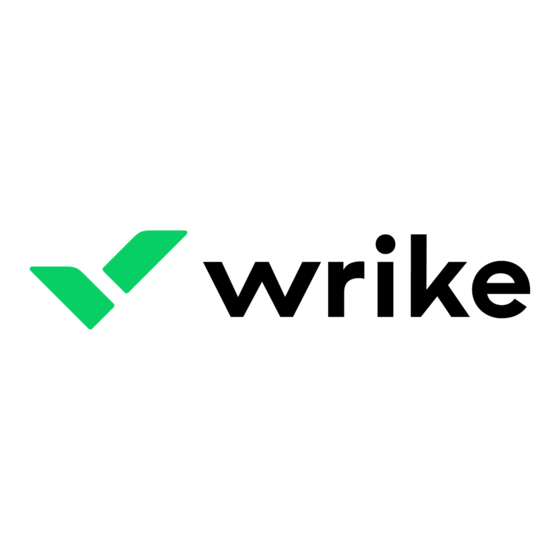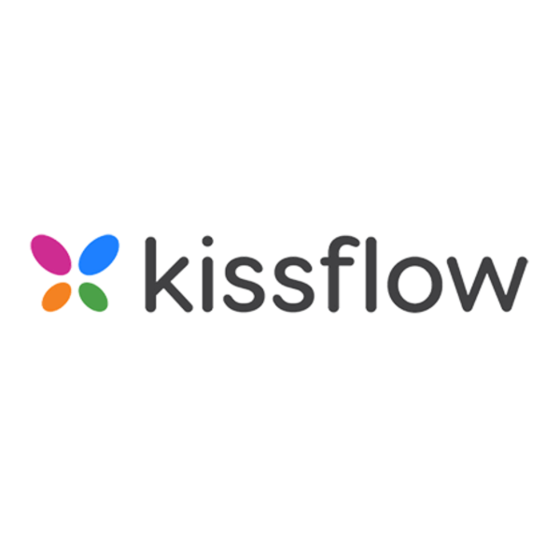Pricing varies because features, usage, and service levels differ: If your team members need advanced automation, expect to pay more.
Upfront cost doesn’t cover the whole story: Watch for add-ons like extra storage or premium support, which can add up fast.
Focus on ROI and scalability, not just sticker price: Choose software that grows with your team and delivers long-term value.
Pricing workflow software can be confusing. Pricing tiers can be complex and vendors are not always transparent about which advanced features are gated behind which tiers. Sometimes, you won’t find any public pricing info at all.
This guide’s for buyers, finance leads, or department heads I’ll break down typical cost ranges, pricing models, and potential hidden fees to keep an eye out for. I’ve also got some advice on evaluating ROI to help you make smart choices for your team.
DPM's Project Management Software Cost Calculator
Want to quickly estimate the average cost of workflow software? Try our cost calculator:
What Factors Influence Workflow Software Pricing?
When choosing workflow software for your team, consider how the number of users, availability of templates, and automation limits can impact your budget. Here's a breakdown of key factors:
| Factor | How It Affects Pricing |
|---|---|
| User Tiers | More users mean higher costs; expect to pay an additional $10-$20 per user per month. |
| Templates | Access to pre-built templates might add $5-$15 to your monthly fee, depending on which tier this feature is locked to. |
| Automation Limits | The number of automated processes you can run often affects pricing; additional cycles might cost $10-$30 monthly. |
| Time Tracking | Time tracking features can add $5-$10 per user each month. Again, this depends on which tier this feature is locked to. |
| Custom Integrations | Custom API integrations can add $100-$200 to your setup fee or monthly subscription. |
| Support Levels | Premium customer support can add $50-$100 monthly, but you get faster response times and dedicated account management. |
Workflow Software Price Comparison
| Tool | Best For | Trial Info | Price | ||
|---|---|---|---|---|---|
| 1 | Best for marketing teams | 7-day free trial | Pricing upon request | Website | |
| 2 | Best for project process templates | Free trial available | Pricing upon request | Website | |
| 3 | Best for automating manual processes | 14-day free trial + free plan available | From $8/user/month (billed annually) | Website | |
| 4 | Best for spreadsheet-based workflows | 30-day free trial available | From $9/user/month (billed annually) | Website | |
| 5 | Best for workflow orchestration | 15-day free trial | From $19/user/month (billed annually) | Website | |
| 6 | Best for flowcharts and mind maps | Free plan available | From $8/user/month (billed annually) | Website | |
| 7 | Best for dynamic work management | 30-day free trial | From $35/user/month (billed annually, min 20 users) | Website | |
| 8 | Best for reconnecting siloed teams | Free plan available | From $10/user/month (billed annually) | Website | |
| 9 | Best for workflow templates | Free trial available | From $2,500/month | Website | |
| 10 | Best for drag-and-drop workflows | Free demo available | Pricing upon request | Website |
Typical Pricing by Company Size
Pricing for workflow software and apps scales with company size, so knowing where your team fits can help you budget. Here's a breakdown by company size:
| Company Size | Typical Price Range | What’s Usually Included | Common Use Cases & Vendors |
|---|---|---|---|
| Small business | $10–$50/month | Basic task management, limited users | Simple project tracking; Asana, Trello |
| Mid-size business | $50–$150/month | More users, basic automation features | Team collaboration; monday.com, ClickUp |
| Large business | $150–$500/month | Complex workflows, integrations | Complex project management; Wrike, Smartsheet |
| Enterprise | $500+/month | Custom solutions, enterprise workflow automation, premium support | Enterprise-level coordination; Jira, ServiceNow |
Hidden & Add-On Costs to Watch For
During your search for workflow software, you might run into hidden costs, which can creep up and strain your budget. Look out for onboarding fees, which can add hundreds to your initial setup, or unexpected charges for premium support if your team needs extra help. Here's a breakdown of what to watch for:
| Hidden/Add-On Costs | Description |
|---|---|
| Onboarding/setup fees | These fees cover initial setup and can cost $500+; some vendors charge for custom configurations. |
| Training or certifications | Costs for training sessions or certifications may run $100–$200 per user; vendors often offer paid courses. |
| Premium support | Extra support might cost an extra $50–$100 monthly; some vendors offer tiered support packages. |
| Integrations beyond standard set | Additional integrations sometimes require extra fees and can range from $100–$300 depending on the complexity. |
| Usage overages | Surpassing usage limits can lead to overage fees that could add $50+ to your bill; watch for data or user caps. |
| Contract minimums | Long-term contracts may have minimum usage requirements and breaking them might result in penalties. |
| Compliance or legal updates | Keeping your systems up to date with regulatory or compliance changes might cost you $200+. |
Types of Workflow Software Pricing: Subscription Plans & Upgrade Triggers
Workflow management tools often use subscription models with tiered plans that trigger upgrades based on user or feature limits:
- Plan tiers: Most vendors offer pricing plans like Starter, Pro, and Enterprise. Each tier includes different workflow software features, and higher tiers offer more advanced options like AI-powered features, custom templates, or priority support.
- Upgrade triggers: You might need to upgrade if your team exceeds user limits or requires more integrations. For example, exceeding the basic user cap in monday.com means you have to move up to a higher-priced plan.
- Annual vs. monthly discounts: Many platforms offer discounts for annual commitments, sometimes saving you up to 20% compared to monthly billing.
- Transparency: Vendors are generally transparent about what’s included in each plan, but check for hidden costs like those for premium integrations or storage overages.
To avoid overspending, evaluate your team's needs and usage patterns carefully before committing to a plan. Always read the fine print for information on hidden fees or upgrade paths.
Maximizing ROI on Your Workflow Software Investment
Choose the workflow management system that will have the highest ROI. Easier said than done, but tracking it post-implementation can highlight efficiency gains and cost savings:
Time Saved
Automation and streamlined workflows cut down on effort spent on repetitive tasks and give your team back valuable hours that can be spent on more strategic work. Ask yourself: What manual processes will this replace? How much time could your team get back? Ask workflow automation tool vendors to demonstrate time-saving features in a typical use case to get a sense of the real impact.
Error Reduction
Reducing manual handoffs and calculations can prevent costly mistakes. Identify where errors happen and how this workflow management software you’re considering would reduce them. Ask workflow automation software providers to show how data is validated or controlled across the workspace. This helps maintain accuracy and consistency, minimize risks, and boost confidence in your business processes.
Compliance Avoidance
Features that support legal, financial, or industry standards cut the risk of fines or audits. Ask about built-in compliance features and whether the platform supports your requirements. Request examples of how compliance gaps were avoided. This proactive approach keeps your operations smooth and worry-free.
Cross-Team Adoption or Consolidation
Using one tool to replace many and making sure it's easy for multiple teams to use, can lower costs and improve alignment. Consider if this could replace multiple tools and which teams would realistically use it. Ask vendors for rollout stories across functions to see how it might integrate into your custom workflows and help optimize operations and collaboration across departments.
Questions to Ask Vendors During Pricing Demos
Demos and webinars are your best chance to clarify pricing, understand what’s included, and avoid surprises. Come prepared with questions to make the most of this opportunity. Consider drafting a workflow software RFP to organize your needs and concerns. Here are key questions to ask:
- How is your pricing structured, and what does each tier include?
- Are there any usage caps, and what are the costs for overages?
- What key features are locked behind higher-tier plans?
- Are there any onboarding or setup fees we should know about?
- How frequently will we be billed, and what are the renewal terms?
- What’s included in your support packages, and are there extra costs for premium support?
- How do integrations work, and are there limits or additional fees?
- Can you show examples of how pricing has changed for clients after implementation?
Tips for Negotiating Workflow Software Pricing
Pricing is often flexible, and the more prepared you are, the better your outcome. Strong negotiation tactics can help your team secure better pricing and contract terms without sacrificing functionality. Here are some tips to guide your negotiations:
- Benchmark competitors: Research what similar vendors offer to understand market rates and use this info to negotiate. If a competitor offers a better deal, bring it up with your vendor.
- Discount opportunities: Ask about discounts for startups, nonprofits, or long-term commitments. Vendors often have special rates for these scenarios, so it’s worth asking.
- Pilot programs: Request a pilot program or phased rollout to test the software solution at a reduced price. This lets you evaluate the tool's fit before committing fully.
- Renewal and lock-in clauses: Negotiate flexible renewal terms and avoid long lock-in periods. This gives your team the option to reassess needs without being stuck.
- Group buying: Leverage group buying or procurement support to get volume discounts. Joining forces with other departments can strengthen your bargaining position.
What’s Next?
If you're currently researching workflow software, connect with a SoftwareSelect advisor for free recommendations.
You fill out a form and have a quick chat where they get into the specifics of your business needs. Then you'll get a shortlist of software to review. They'll even support you through the entire buying process, including price negotiations.


